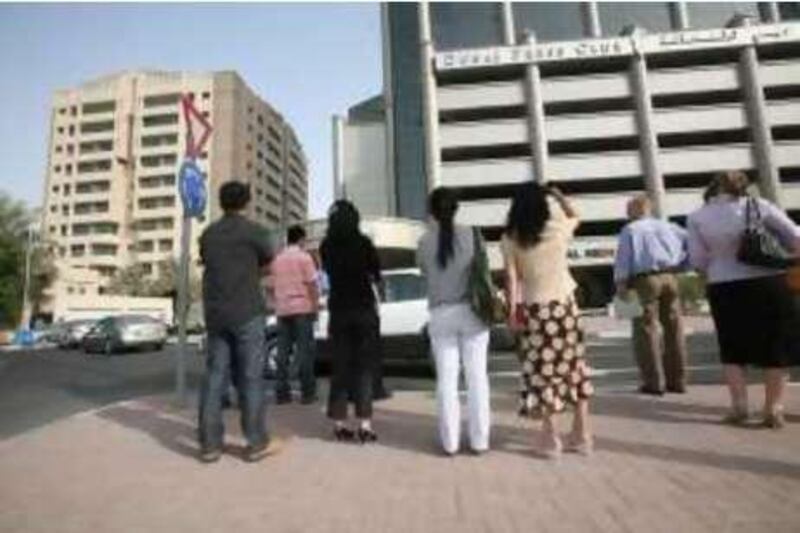ABU DHABI // The UAE's new earthquake monitoring system passed its first important test when exposed to last week's Iranian earthquake and its 17 aftershocks, said authorities. The National Seismic Network operated successfully, collecting readings from five new seismic stations and feeding them to a recording centre in Abu Dhabi. There, they were automatically analysed, and the findings instantly emailed to the relevant people.
Before the network's introduction in July, there was no monitoring programme in the country and seismic activity was only picked up by global networks. Fatima al Kaabi, the head of seismology at the National Centre for Meteorology and Seismology, said: "This was the first major earthquake since the system started. It worked as planned and operates to international standards." The 6.1-magnitude earthquake struck Iran last Wednesday, causing tremors in the UAE. Its epicentre was on Gishm Isand, near the port city of Bandar Abbas, in south-west Iran. The quake's numerous aftershocks ranged between 3.7 and 5.2 on the Richter scale, and were felt in the Northern Emirates, particularly the Massafi area, Ms Kaabi said.
The network is constantly monitoring the earth and can pick up small tremors in the region. Identifying smaller quakes is an essential part of the process that predicts the likelihood of large quakes. Up to now, international monitoring systems, located hundreds of kilometres away, could only detect relatively large quakes. "Nobody can predict exactly when and where an earthquake will happen, but we can study the fault and we can know which area is active," Ms Kaabi said.
The UAE is located on the north-eastern edge of the Arabian plate, near one of the most seismically active regions in the world. The Arabian and Eurasian plates collide in the Zagros Mountains of Iran, making the area prone to quakes, many of which have been devastating. In 2003, an earthquake killed at least 30,000 people in the south-eastern city of Bam. Although tremors may be felt, the UAE's distance from the fault provides enough of a geological cushion to protect it.
Earlier this year a mild quake hit Dibba, in Fujairah, which was felt throughout the Northern Emirates and damaged several buildings. In Sept 2007 an earthquake measuring 4.7 was felt in Ras al Khaimah. The aftershocks of last week's quake led to hundreds of people being evacuated from buildings across the Emirates. In Iran, seven people were killed and at least 47 injured. Ms Kaabi said it was quite normal for a quake to have so many aftershocks and this did not indicate there would be another quake.
@Email:lmorris@thenational.ae






